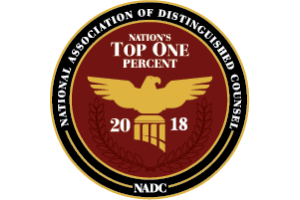The Indiana Court of Appeals recently affirmed a trial court’s grant of summary judgment in favor of a property owner finding it had no duty to the traveling public as a result of tall grass on its property. In Reece v. Tyson Fresh Meats, Inc., a 92-year-old motorist, Harold Moistner (“Moistner”), pulled out into an…
Continue reading ›Your Future
Your Firm














